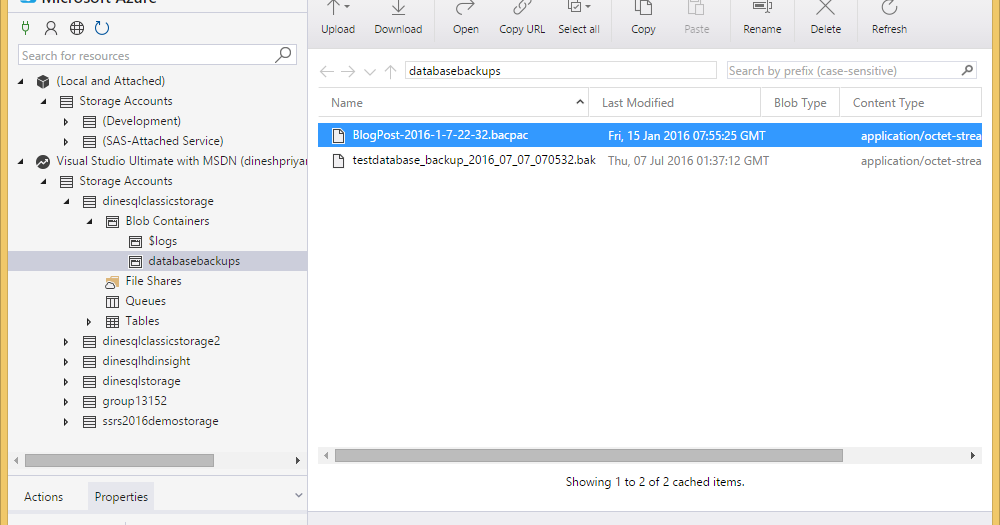

The options "Only the owner can delete the contents" and "Only admin can create files and folders" will not be applied to subfolders. Apply and replace all existing permissions of this folder, files, and subfolders: Select this option to override all previously configured permissions of the selected folder and its files and subfolders except owner protection and root folder write protection settings.These settings include new users, deleted users, modified permissions, and folder owner. Apply changes to files and subfolders: Apply permissions settings except owner protection and root folder write protection settings to all the files and subfolders within the selected folder.Select this option to allow admin to create first-level subfolders and files in the selected folder only. Only admin can create files and folders: This option is only available for root folders.This option does not apply to the subfolders of the selected folder even if the options "Apply changes to files and subfolders" and "Apply and replace all existing permissions of this folder, files, and subfolders" are selected. Users who are not the owner but possess read/write permission to the folder cannot delete the folders. Only the owner can delete the contents: When you apply this option to a folder, only the folder owner can delete the first-level subfolders and files.Select a user from the list or search a username. To change the folder owner, click the "Folder Property" button next to the owner field. By default, the folder owner is the creator. Owner: Specify the owner of the folder.
#Microsoft azure storage explorer add subfolder full#
Guest Access Right: Specify to grant full or read only access or deny guest access.Specify other permissions settings below the folder permissions panel. Click Add to specify read only, read/write, or deny access for the users and user groups.Ĭlick "Add" when you have finished the settings.Double click the first-level subfolders to view the second-level subfolders.The users with configured access rights are shown in the panel, with special permission below. The shared folder name and its first-level subfolders are shown on the left. Select a root folder, for example Public.Go to Control Panel > Privilege > Shared Folders > Shared folders.Select Enable Advanced Folder Permissions.Go to Control Panel > Privilege > Shared Folders > Advanced Permissions.To configure subfolder permissions, follow the steps below: You can specify read, read/write, and deny access of individual user to each folder and subfolder. QTS supports subfolder permissions for secure management of the folders and subfolders. You can select multiple items by holding the Ctrl key and left clicking the mouse. Click "Remove" to remove any configured permissions.Click "Add" to select more users and user groups and specify their access rights to the folder.You can also specify the guest access right at the bottom of the panel. The folder name will be shown on the left and the users with configured access rights are shown in the panel. Locate a folder name in Control Panel > Privilege > Shared Folders.Select to hide or show the network drive, enable or disable oplocks, folder path, comment, restrict the access of Recycle Bin to administrators (files can only be recovered by administrators from the Network Recycle Bin) and enable or disable write-only access on FTP connection.Įdit folder permissions and subfolder permissions.Ĭonfigure folder and subfolder permissions on the NAS. Tip: How can I delete the default shared folders on my NAS?Įdit the folder property. Secured login and multi-factor authentication.Support Milestone Surveillance Platform.NAS Smart Surveillance System Solutions.NDR Solutions against Targeted Ransomware.Software-defined Platform Total Solution.Support Platform9’s Managed OpenStack Solution.Veeam-Ready and Virtualization Certifications.Management center for device and user permission.With Linux and ZFS, QuTS hero supports advanced data reduction technologies for further driving down costs and increasing reliablility of SSD (all-flash) storage. QuTS hero is the operating system for high-end and enterprise QNAP NAS models. WIth Linux and ext4, QTS enables reliable storage for everyone with versatile value-added features and apps, such as snapshots, Plex media servers, and easy access of your personal cloud. QTS is the operating system for entry- and mid-level QNAP NAS.


 0 kommentar(er)
0 kommentar(er)
